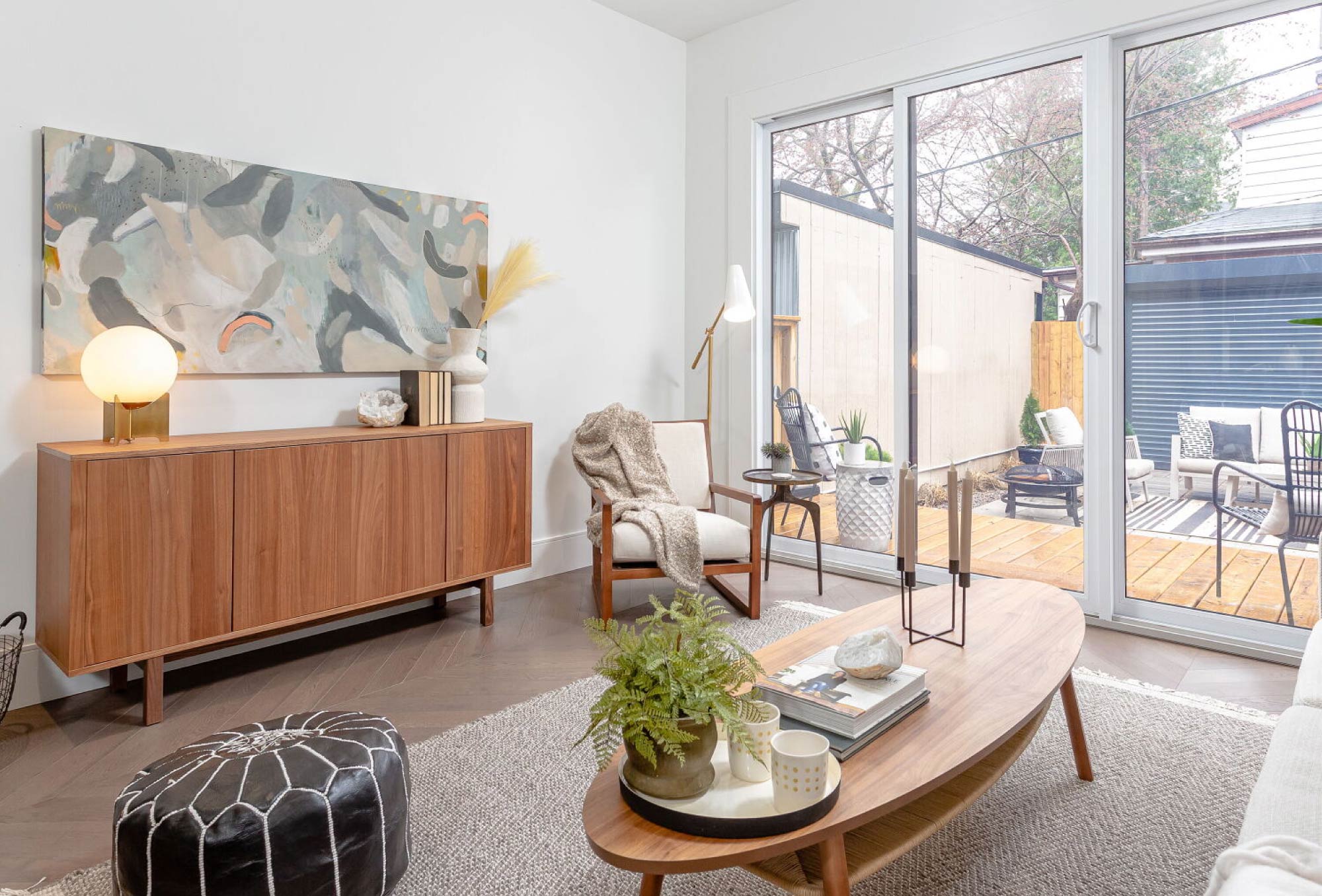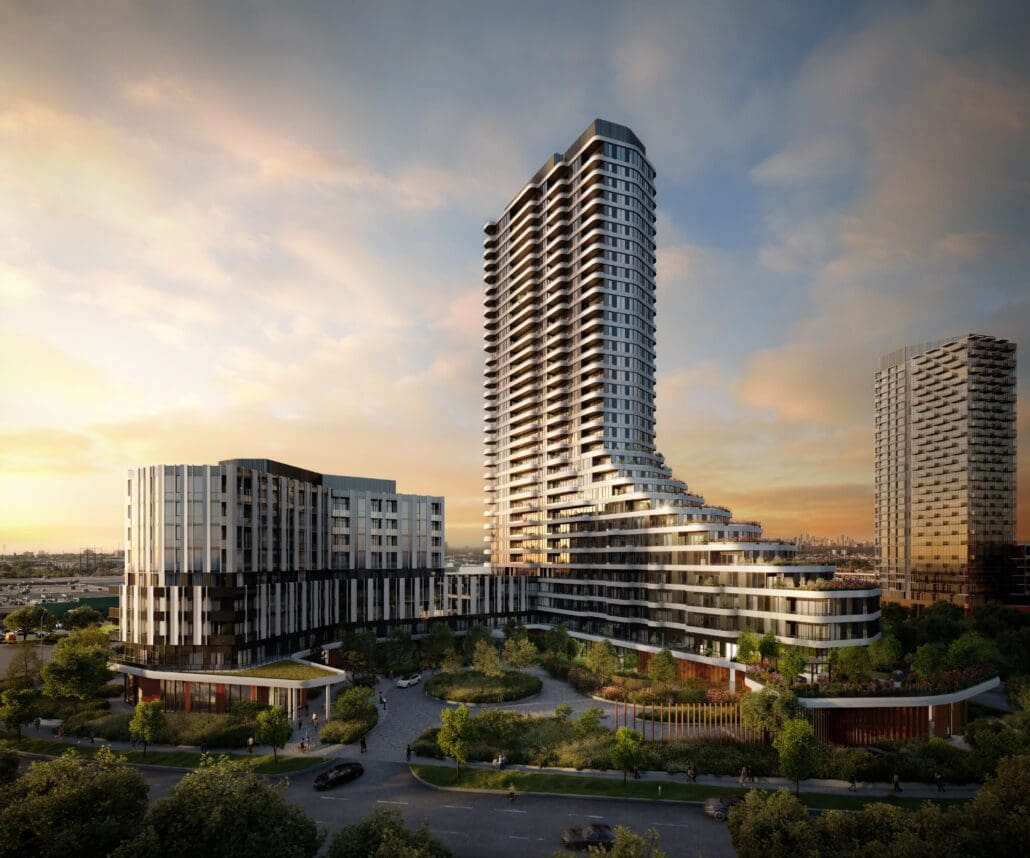
Multi-generational housing is something many of our clients have been discussing with us recently – the way we live has become a very trendy topic, and something we should all be thinking about.
Multi-generational housing is on the rise – especially in urban centres like Toronto. Living with your parents, or your adult children, has plenty of potential benefits–everyone tends to save money, it can potentially benefit health outcomes, and you get to spend more time together.
Even before the pandemic’s world-changing effects, 20 per cent of Canadians were living in multi-generational housing, according to a Pew Research Centre study. Canadian Census data indicates an increase of 37.5 per cent in multi-generational housing from 2001 to 2016, with the highest proportion — 17 per cent — in Toronto.
But following the virus’s deadly toll in nursing and retirement homes across the country, and the Canadian Armed Forces’ damning report on conditions in five long-term care homes, more people are expected to include their aging parents — and/or financially challenged adult children — in their homes.
What is Multi-Generational Housing?
It’s a household that consists of more than two adult generations living under the same roof or grandparents living with grandchildren under the age of 25. Put simply, these homes exist somewhere between a single-family home and a multi-family building.
Multigenerational homes allow families, either close relatives or extended family, equal space to live harmoniously under one roof. The distinct architectural design and open floor plan concept compliment multigenerational living as it provides a more versatile space where grandparents can spend time with grandchildren in the family room as parents prep for dinner close by in the kitchen.
Communal public spaces such as the great room bring loved ones together, whereas private suites offer secluded privacy. Connecting doors from the suites to the main home provide safety as elderly loved ones advance in age and also provides convenience for daily engagement between family members.
Multigenerational Suites go beyond a sleeping room with a private bath by including a public space separate from the main house, such as a sitting room, separate entrance, and possibly a kitchen to enhance the independence of both families sharing the home.
Multi-Gen Living in Toronto
We get it – living in Toronto expensive, so looking for a home that would fit a multi-gen family could be an added layer of an already difficult home search. But have you thought about Laneway Housing?
This popular trend is gaining steam in Toronto, and we think this could be an evolution of multi-gen living that’s actually possible in Toronto.
Some laneway houses range from 800- to 1,200-square-feet, priced at $330 to $350 per square foot, about half the price of a Toronto condo. Typically an in-law suite would consist of a bedroom and bathroom in a homes’ basement. Now, with Laneway Housing, the options can be endless.
Providing living space for aging parents is becoming more and more of a priority for adults, yet parents still crave independence while living close by. Laneway housing provides a solution that works for both groups in the multi-gen family.
The Benefits of Living in a Multi-Generational Home
Shared Financial Expenses
Sometimes two isn’t necessarily better than one. Maintaining two households is undeniably costlier and more rigorous than sharing the responsibilities of one. By bringing family members and resources together under one roof, families can collectively address their expenses and allocate finances accordingly.
Shared Homeowner Responsibilities
Distributing chores and age-appropriate responsibilities amongst family members is a tremendous way of ensuring that everyone does their part. For younger, more able-bodied members, physical work such as mowing the lawn or moving furniture is a nice trade-off so that the older generation can focus on less physically demanding tasks.
Living Together as a Family Can Strengthen Relationships
While most families come together on special occasions, multigenerational families have the luxury of seeing each other every day. By living under one roof, these families develop a high level of attachment and closeness.
Here’s how:
- Grandparents serve as role models for their grandchildren through daily interactions, while grandchildren learn to respect and connect with their elders.
- Grandparents feel more engaged and useful when they can provide help to their children and grandchildren, whether that’s through giving life advice or merely helping a grandchild with homework.
- Many studies have supported the notion that grandparents regularly have a profound influence on their grandchildren by ushering in a loving atmosphere and healthy relationship.
- Loneliness is a common social problem for the elderly. The emptiness of their home weighs heavily on them, making them feel disconnected from the rest of their family and community. Through daily activities with family members in a multigenerational home, grandparents experience a better quality of life.
Family Safety
Home security is a terrific benefit of multigenerational living. With multiple generations under one roof, a home is rarely ever left unoccupied for long, and living with other family members increases the chances that someone is present to assist elderly family members should they have an accident.
If you’re interested in learning more about laneway housing and how that could fit into your multi-generational housing plan, simply fill out the form below. We’ll be in touch right away to set up a time to chat about what you’re looking for, and show you options that are on the market today.

TRB Education Hub
Get the real estate resources you need to succeed. Visit our education hub for market insights, guides, podcasts and more.




